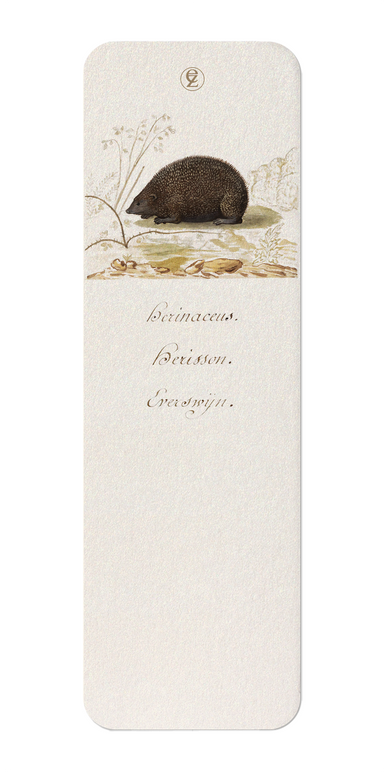Bookmark

HUMAN SKELETON (1796): Painting Bookmark
Login to view pricing
Text on the reverse side: An interesting fact about the human skeleton is that at birth, a human has approximately 270 bones. However, as a person...
View full details



































